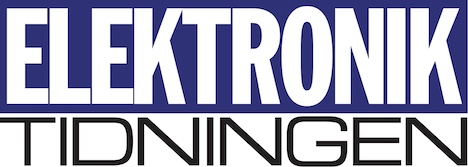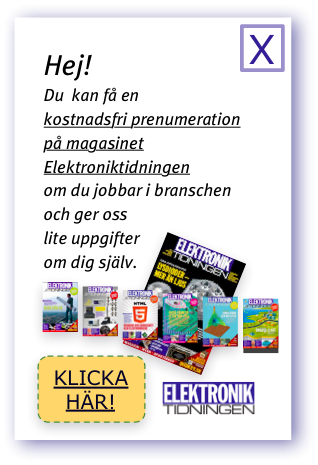"We estimate that the adoption of adaptive (smart) antennas is economically justified in up to ten per cent of the basestations for 2G networks like GSM," says Sören Andersson at Ericsson Research.
Since today there are several million basestations world wide in mobile phone networks, the market for the technology is huge. Network operators are continuously upgrading their networks in order to increase capacity.
Ericsson has tested the technology together with German GSM operator Mannesmann (D2) and American AT&T Wireless Services. In the case of Mannesmann it was concluded that an exchange of 12 per cent of its basestations would achieve a 40 per cent capacity boost.
Meanwhile, Swedish Radio Components is developing its own smart antenna system for use in metropolitan as well as rural areas. According to company manager Torbjörn Johnsson, the technology is specially suited for rural 3G networks as capacity can be increased gradually with rising demand.
Gittan Cedervall



































